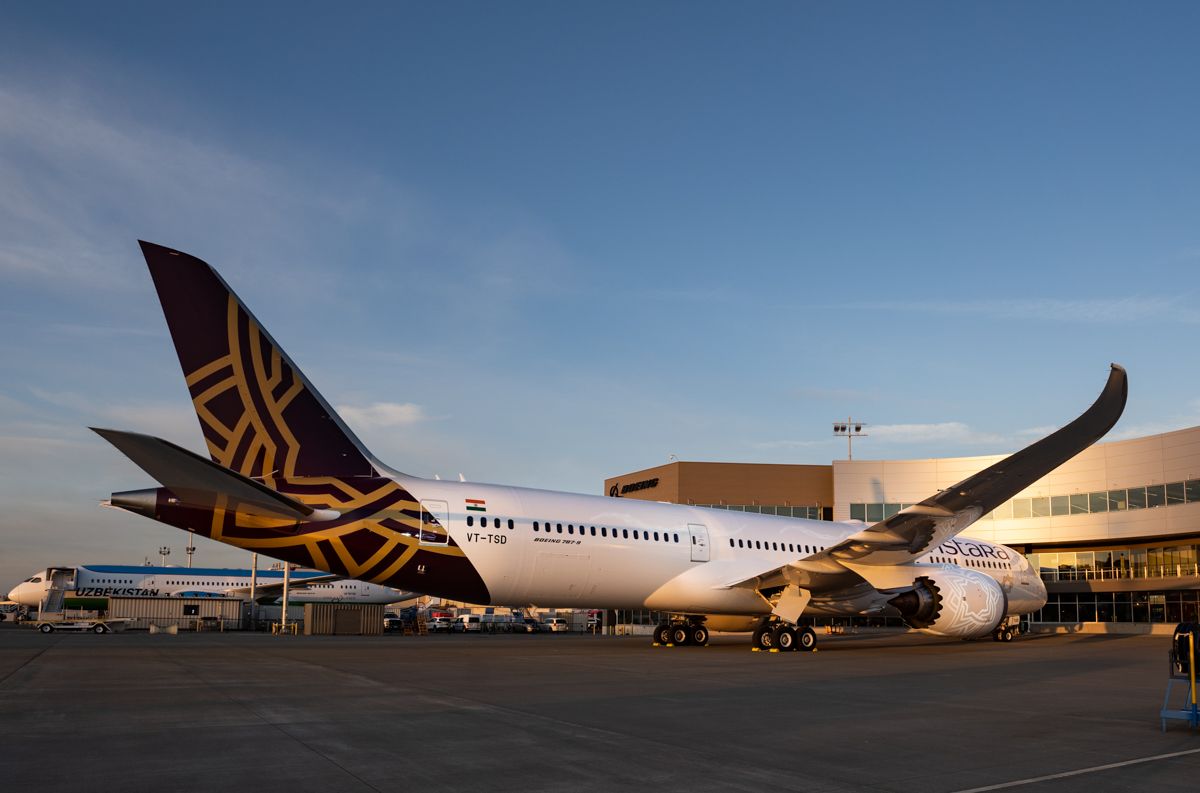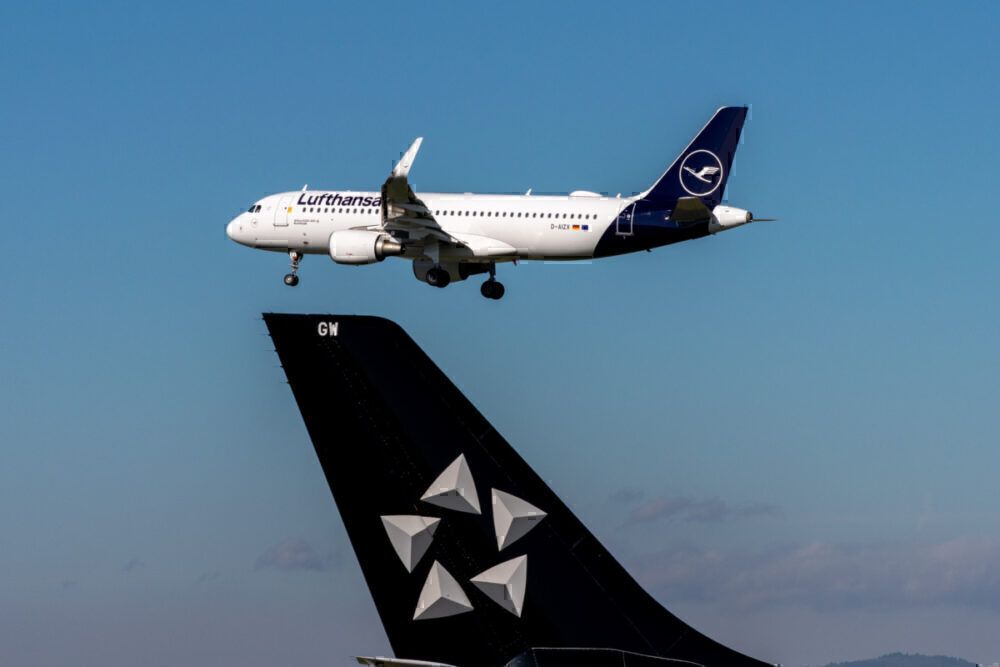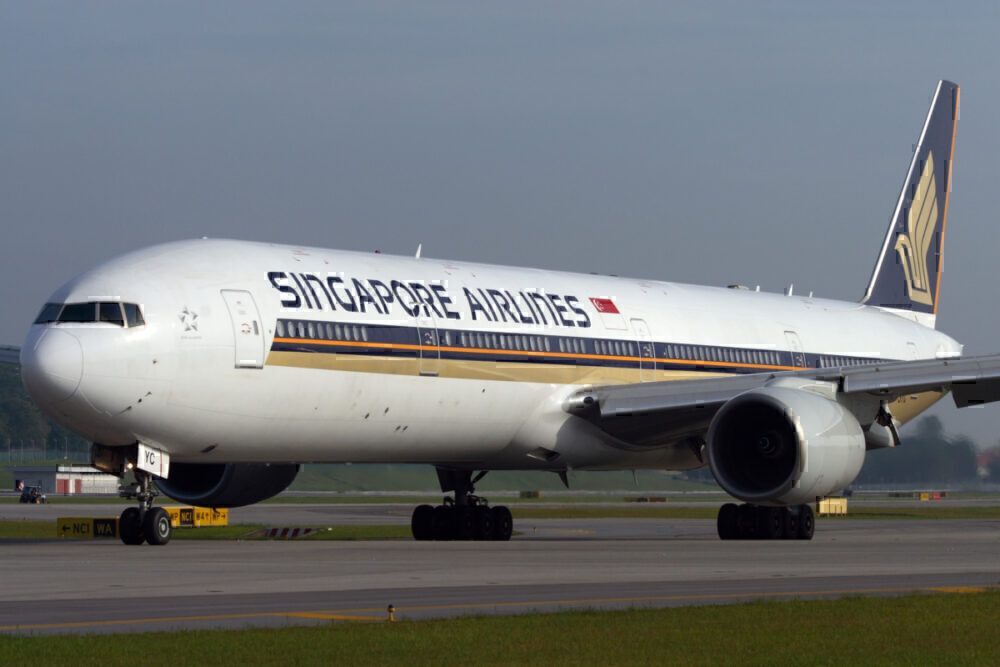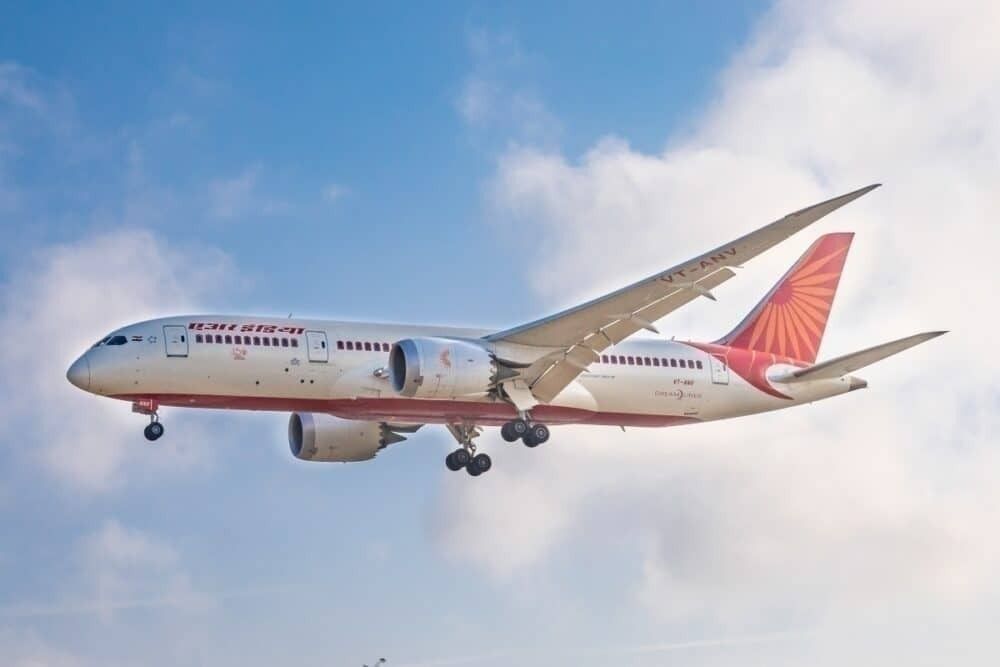As Vistara slowly steps up its international presence, it will face the question all full-service carriers do: should it join an alliance? An airline alliance comes with many benefits, opening new destinations and providing passengers with more options. So should Vistara join one? And which one makes the most sense?
Boon or a bane?
Airline alliances can undoubtedly help carriers grow, especially a smaller one such as Vistara. Joining any one of the Big Three alliances would open up hundreds of new routes and access to major hubs along with technical assistance (check-in, baggage transfer, maintenance, etc.). Passengers would reap huge benefits too, with access to new destinations, frequent flier miles reciprocity, and more options for connections.
Stay informed: Sign up for our daily aviation news digest.
The new traffic would also fill up Vistara's planes, boosting its revenue on international routes. With an alliance, Vistara could accelerate its growth plans once again, adding flights to hub airports and feeding into connections. The carrier has already signed codeshare agreements with five carriers, giving it a taste of the benefits in an alliance.
However, joining an alliance comes with risks too. Since Vistara is much smaller than many carriers flying out of India, it could lose market share to the more prominent foreign carriers. Competition with an alliance can be tough too, forcing carriers to reduce frequencies or exit a market entirely.
So which alliance?
There are three big airline alliances globally: Star Alliance, oneworld and SkyTeam, any of which Vistara could join. Here's where Vistara's array of codeshares comes in handy to look at which alliance it might enter.
As of today, Vistara has growing codeshare agreements with three Star Alliance carriers (Lufthansa, United, and Singapore Airlines), two oneworld carriers (British Airways and JAL), and none with a SkyTeam carrier.
While it partners with the Star Alliance carriers the most, it should be remembered that Singapore Airlines owns 49% of Vistara. We know that airline ownership influences alliance choices, which means a partnership with Star Alliance is the most likely to occur.
Vistara would see significant benefits if it chooses to join the Star Alliance. As the world's biggest, with 26 carriers, Vistara will have access to all five continents and the chance to connect passengers globally, while other members get access to the Indian market. However, there is the slight issue of Air India's membership in the alliance.
Two domestic carriers in the same alliance?
It's quite rare to see two full-service carriers from the same country join the same alliance. Domestic carriers have separated themselves with their alliance memberships, as we see in the US with Delta (SkyTeam), United (Star Alliance), and American (oneworld). The only notable instance was when both China Southern and China Eastern were SkyTeam members (the former left last year).
Vistara and Air India would be direct competitors in the alliance, with both offering key routes to Europe and Asia. While the former does have a much more competitive product, the latter has access to far more routes. Vistara will likely have to establish itself further before joining Air India to ensure it can grow its own market share and not lose out to the flag carrier.
For now, Vistara is unlikely to join an alliance, but when it does, it will have to deal with the Air India problem.
Will Vistara join an alliance soon? Will it be Star Alliance? Let us know your thoughts in the comments below!




